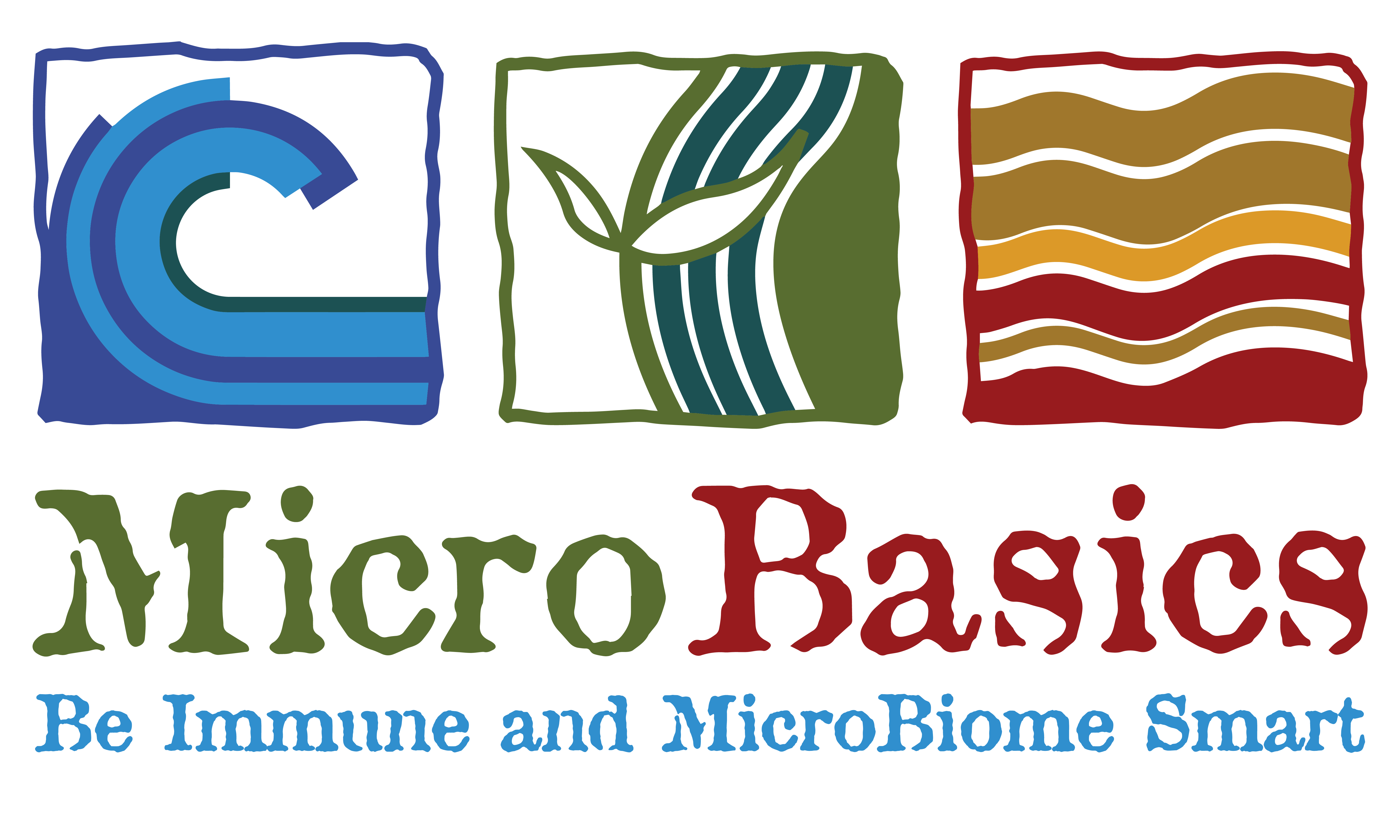Cow Biology is COMPLEX. A SYMBIOTIC blend of additives is Paramount. The importance of the symbiotic relationship between the digestive system and the immune system cannot be overstated! As the largest immune organ in the body, the gut plays a major role in whole body immunity. Therefore, establishing a healthy gut translates to increased immunity. IMMUNOMETABOLISM is how the immune system regulates ALLOCATING NUTRIENTS between growth and survival.
Direct Fed Microbials
In an attempt to optimize rumen health direct fed microbials (DFM), including yeast, enzymes and probiotics, are often added to a diet to improve feed intake, feed efficiency, fiber fermentation, microbial protein synthesis, milk yield, rumen pH, and digestion.
Achieve Trial Results
A study was conducted in 2014 with the University of California, Davis, CA. Experts evaluated 2 different yeast-based products and their influence on both post rumen effects and performance of high producing Holstein cattle.
Yeast-based products used were a Competitor Product and Achieve from MicroBasics. Post rumen effects included superior plasma levels of both total essential amino acids (EAA) and total nonessential amino acids (NEAA) for those cattle consuming Achieve.
Performance effects resulted in increased milk flow from cattle consuming Achieve. This increase in milk production resulted in a greater amount of total fat and protein produced.

Why is this important?
Better feed ASSIMILATION- intake, digestion and absorption. Dry Matter Intake and Milk Production were highest in the Achieve groups however there was no difference in digestibility in any of the three treatments.
Due to the increased absorption efficiency and increased production exhibited by the cattle fed Achieve we can conclude that the digestive process was enhanced from the inclusion of Achieve in the diet.
Enhancement of the digestive process fuels growth of new intestinal cells and absorption of more nutrients that can be utilized by the animal. In addition to greater amounts of overall essential and non-essential amino acids cattle fed, Achieve had significantly higher levels of plasma threonine, tryptophan, glycine, and asparagine. These amino acids play important roles in the animal.
Threonine: an essential amino acid utilized by the gut to create a protective mucus barrier, used to make T-lymphocytes that work to fight off infections, regulates fat metabolism and prevents fatty liver.
Tryptophan: an essential amino acid that may play a role in the regulation of appetite and feed intake. Tryptophan is a precursor to Melatonin which may serve as a signal for the synchronization of the feeding and digestion processes.
Glycine: a non-essential amino acid that is one of the most common amino acids in the body, promotes muscle growth, hormone production and regulation, and is a building block of tissue in the digestive tract.
Asparagine: a non-essential amino acid that optimizes brain and nerve cell function.
Further research will tell us more about how post rumen effects are influenced by DFM’s. For now, our takeaway shall be that not all yeast-based products are created equal. Achieve combines three strains of live yeast with a highly concentrated yeast culture, a proprietary blend of probiotic cultures, several broad-spectrum digestive enzymes, yeast cell wall, yucca schidigera, and IPS (Immune Positioning System) a unique blend of biologically active polysaccharides and polypeptides. Consult with you nutritionist to determine if Achieve might be a good fit for your feeding program.
Written by: Mariah Gull, M.S.




